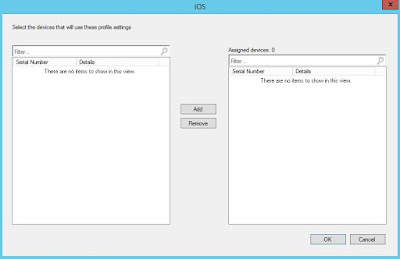Specialized Application Reporting - Part 3

Welcome to Part 3 of this 3 Part Series. In this portion we will discuss actually using the data that you created in 2 of this series. Now there are a few ways you can do this, you can create a SSRS report, or a Excel spreadsheet with datalinks, or create a Power BI report. My teammate opted for the Power BI Report which I have included the report file that you can download. There are a couple of variables in it that will need to be updated so that it connects to the database and data that we created in this series. Here is a download of the Power BI Report file in order to open the file you will need Power BI Desktop which is free from Microsoft. Just go to the Edit Queries and add your information. If you use Power BI you can get a nice colorful report looking something like the following: If you don't want to mess with Power BI or you have your own preferred way of creating reports. Here are the queries used in the Power BI file that loads t...
